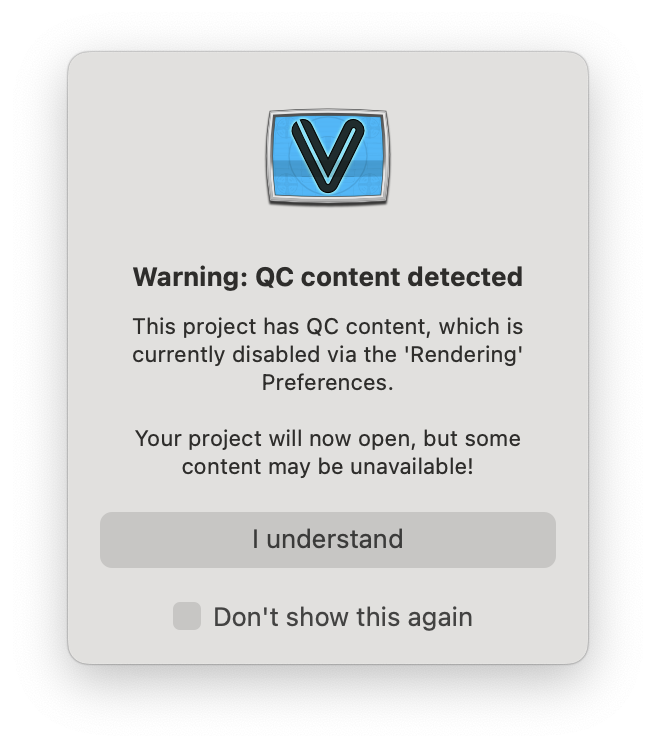Hi everyone!
As usual we have a yearly update guide for people using VDMX who are looking to install the latest version of macOS on their computers.
VDMX6 Demo Project running in macOS 26 Tahoe
Should you update now?
Typically we recommend waiting to update your OS immediately when a new major release comes out, unless you have a good reason to be an early adopter. If you are in the middle of any existing important projects, you may want to wait, so that you don’t lose any time if you run into any problems.
So far we have not run into any issues with using the latest release of VDMX6 in macOS 26, but it you run into any problems, or just want to let us know about your experiences with Tahoe, please send us feedback using the Report Bug option from the Help menu in VDMX, or send an email to support@vidvox.net.
Make sure to check with the creators of any other software or plugins that you rely on to make sure they are compatible before updating.
Preparing To Update
Before performing a major OS update, it is recommended to:
Perform a full system backup (using Time Machine, or software like Carbon Copy Cloner)
If available use a second partition or hard drive so that you can keep a your old OS install if you need to downgrade.
Updating to Tahoe
To install macOS 26 Tahoe on your computer, launch the System Settings and go to the General > Software Update section.
Apple has an official guide to walk you through the process: macOS Tahoe Upgrade Guide















